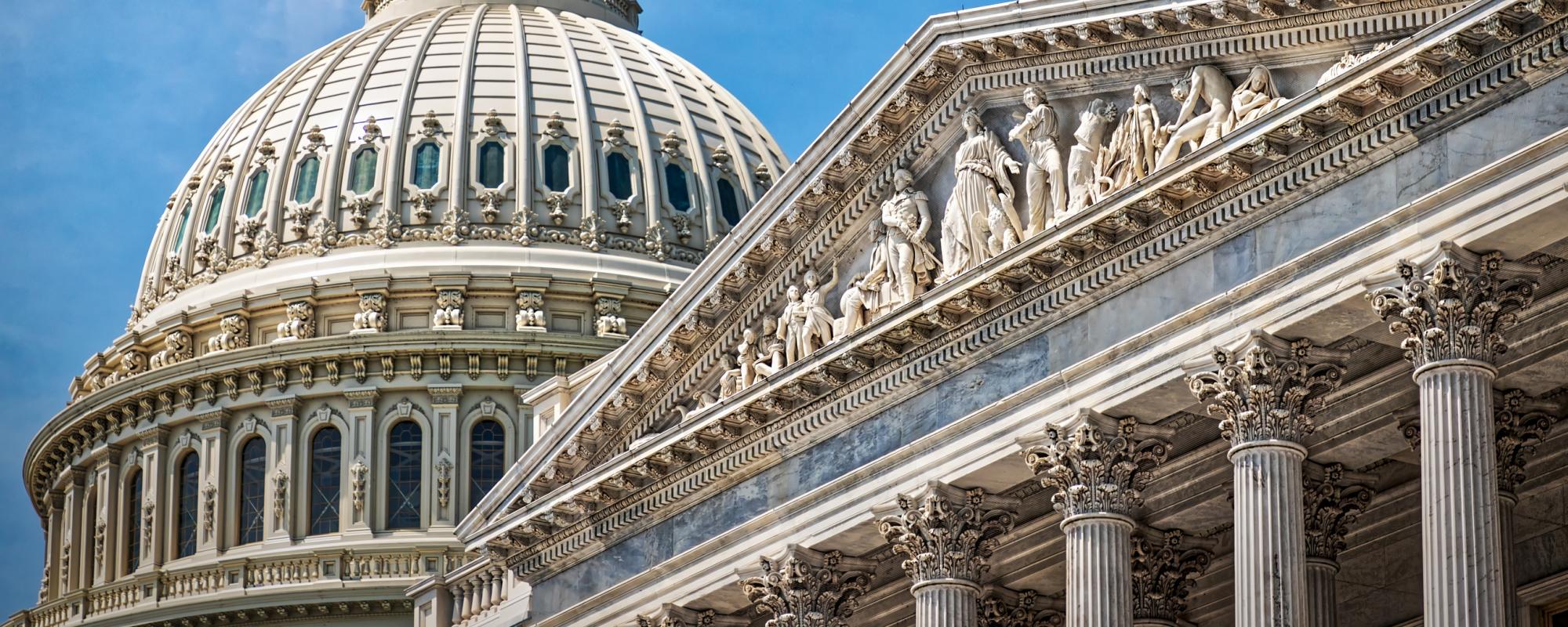U.S. businesses—including tire manufacturers—depend on safe roads, bridges, ports and railways to move their products to market. Deteriorating roads pose a safety hazard to motorists: AAA estimates that potholes cause nearly $3 billion in vehicle damages annually.
One achievement of great importance to the U.S. tire manufacturing industry is the enactment of the Infrastructure Investment and Jobs Act (IIJA), which includes several provisions that would advance tire recycling markets and improve the resiliency and sustainability of our nation’s infrastructure. Developing sustainable and circular end-use markets for the 260 million end-of-life tires generated annually in the U.S. is a top industry priority, and ground rubber from end-of-life tires offers a resilient pavement solution to rebuild America’s roadways. As implementation of the historic IIJA begins, USTMA encourages the Administration and our legislative leaders to continue working collaboratively on shared priorities that propel the United States forward as a leader in tire technology research and strengthen the American tire manufacturing industry’s contribution to our nation’s economy.
USTMA supports initiatives that advance the development of sustainable infrastructure projects.
USTMA supported several provisions in the Infrastructure Investment and Jobs Act (Public Law No: 117-58), signed into law by President Biden on November 15, 2021. The law creates:
- Five Transportation Resilience and Adaptation Centers of Excellence where rubber modified asphalt is eligible as a material for study
- Five Centers of Excellence for Stormwater Control Infrastructure Technologies enabling tire derived aggregate to compete as a new and emerging stormwater control technology
- Emerging Technology Research Pilot Program that allows rubber modified asphalt to compete as an “advanced and additive manufacturing technology to increase the structural integrity and cost-effectiveness of surface transportation infrastructure”
- Healthy Streets Program which establishes grants for eligible entities to deploy porous pavements like rubber modified asphalt
In 2020, USTMA supported a resolution adopted by the National Lieutenant Governors Association (NLGA) encouraging further research into the potential benefits of “infrastructure projects that create more sustainable roadways and drive markets for recycled materials, such as scrap tires.” Specifically, the tire manufacturing industry is encouraged by the documented benefits of using recycled tire rubber in road surfaces (rubber modified asphalt) and in stormwater infiltration galleries.
Rubber Modified Asphalt (RMA)
RMA is a mixture of ground tire rubber with asphalt that provides proven economic, environmental, and performance benefits in building better, longer lasting roads and highways. For example:
- RMA is a proven cost-effective option as it increases pavement service life and reduces the need for road maintenance activities. This leads to significant life-cycle cost savings compared to traditional asphalt.1
- The use of RMA results in a 32 percent reduction of CO2 emissions and lower energy consumption over the lifetime of a pavement as compared to traditional asphalt.2
- RMA provides road performance benefits that include longer service life, increased skid resistance, significant noise reduction, and better ride quality.3
- RMA’s relatively greater water permeability reduces water spray in wet conditions.4
- Tire rubber is designed to be a poor heat conductor; as a result, RMA retains less heat and can help to control urban heat islands,5 which, when combined with its quieter pavement surfaces, helps make urban communities more livable.
- Asphalt is one of the most recycled materials, further reinforcing the circularity of RMA.6
- https://www.rubberpavements.org/Library_Information/AR_Std_Practice_Guide_20111221.pdfWhile the use of ground tire rubber in RMA has increased roughly 50 percent since 20177 and RMA is already in use in 30 states, a 2021 report funded by the U.S Tire Manufacturers Association (USTMA) and The Ray evaluating the state of knowledge on modern RMA highlighted a need for additional research and improved sharing of best practices. This underscores the importance of a federal role in advancing the use of this beneficial, circular resource.8
The economic and performance benefits of RMA are clear and well demonstrated. Congress can and should:
- Identify RMA as a preferred pavement material;
- Assist states to adopt RMA integration for local projects; and
- Conduct research to add to existing knowledge of the benefits of RMA use, including research to supplement preliminary findings of the reductions in environmental impact when using RMA.
In addition to using permeable pavements (e.g., RMA), USTMA supports the use of green infrastructure, such as bioretention technologies, including bioswales and rain gardens, to treat stormwater.
Tire Derived Aggregate (TDA)
TDA is made from recycled tires and is a cost-effective infill material for roadside embankments, retaining walls, and stormwater infiltration galleries.
- TDA allows for cost savings when compared to traditional mined minerals, such as gravel, since the lightweight recycled material costs less to transport.9
- TDA has a larger void space compared to gravel, offering improved drainage and, in stormwater infiltration galleries, the potential to capture greater water volume with a smaller gallery footprint.10
- Studies show TDA successfully captures potentially harmful pollutants from roadway runoff, including heavy metals, before they reach groundwater.11,12
- TDA has proven effective and cost-efficient in mitigating ground vibrations from rail lines, a significant benefit to neighboring communities.13
For these compelling benefits of cost-efficiency, effective performance, and environmental impact, USTMA urges Congress to incentivize research into the use of TDA in stormwater infiltration galleries in federal, state, and local construction projects.

